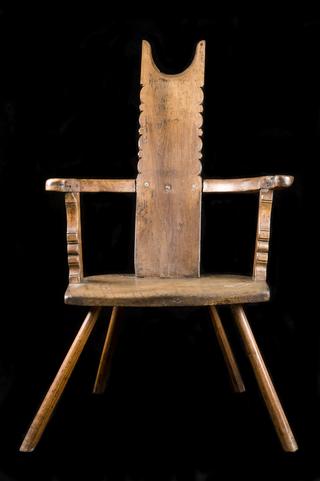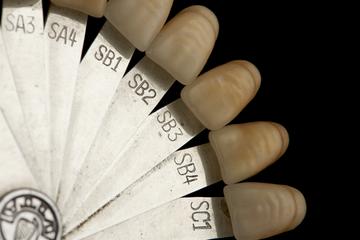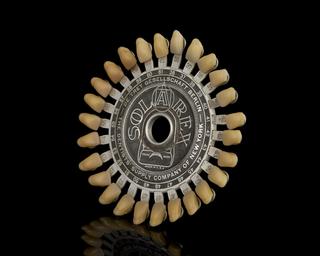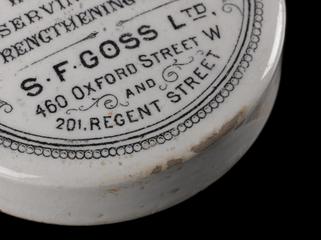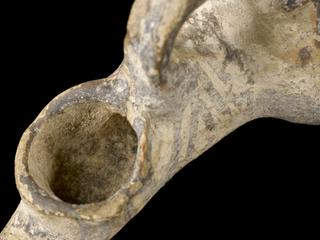
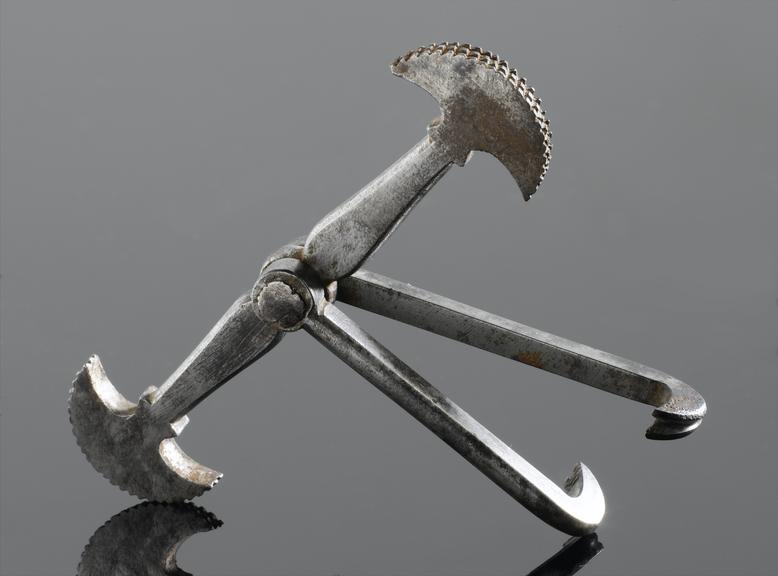
Dental pelican, double ended, with 2 claws, steel, European, 1701-1800
Dental pelicans are so-called because they supposedly resemble the shape of a pelican’s beak. They are believed to date back to the 1300s and are among the very earliest instruments designed to remove teeth. There are many variations in the design of these simple instruments and this is an example of a double-ended pelican. The tooth was removed sideways after the claw was placed over the top of the tooth and the fulcrum, the semi-circular piece of metal at the end, was placed against the gum. The pressure from the lever was intended to remove the tooth.
The process was undoubtedly painful for the patient and possibly caused damage to the gums and surrounding teeth. Tooth pulling was the only cure for diseased teeth or toothache and was carried out by barber-surgeons and travelling practitioners.
Details
- Category:
- Dentistry
- Collection:
- Sir Henry Wellcome's Museum Collection
- Object Number:
- A616578
- Materials:
- steel
- Measurements:
-
overall: 18 mm x 100 mm x 73 mm, 0.072 kg
depth: 75mm
height: 12mm
weight: 0.07kg
weight: 0.15432lbs
width: 100mm
- type:
- dental pelican
- credit:
- Loan, Wellcome Trust
